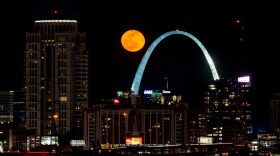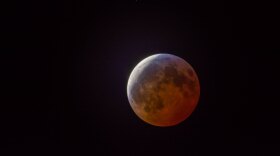-
A new sensor would help scientists learn more about the mineral and elemental composition of the moon. There’s already some understanding of the elements and minerals that make up the surface of the moon but not on the far side or poles.
-
Missouri University of Science and Technology will receive up to a $2 million grant to research space mining as NASA lays the groundwork for moon research communities.
-
The Earth’s moon contains ice, but scientists don’t know much about where the water came from. As the moon formed, water could have come from Earth’s…
-
Space explorers could someday use the moon to mine for elements needed to make rocket fuel on the moon, making it a launchpad to other worlds. But first,…
-
Geologists at Washington University will be among the first researchers to study lunar samples from the final crewed mission to the moon. The Apollo 17…
-
Saturday marks the 50th anniversary of the Apollo 11 lunar landing, when humanity took its first steps on another planetary body via astronauts Neil…
-
Although wintry skies in the St. Louis region didn’t make for ideal viewing conditions Sunday night as the sun, Earth and moon aligned for a total lunar…
-
Starting Nov. 10, you’ll be able to check out something a little unusual from some St. Louis-area public libraries: a telescope.The program is a…
-
Very early this morning a "Blood Moon" Eclipse was visible in the St. Louis area. Did you stay up (or get up very early) to see it?Our Brent Jones did,…
-
Houston now has one fewer problem to worry about.Moon dust apparently smuggled years ago from Johnson Space Center is now back in Houston - from St.…
Play Live Radio
Next Up:
0:00
0:00
Available On Air Stations










